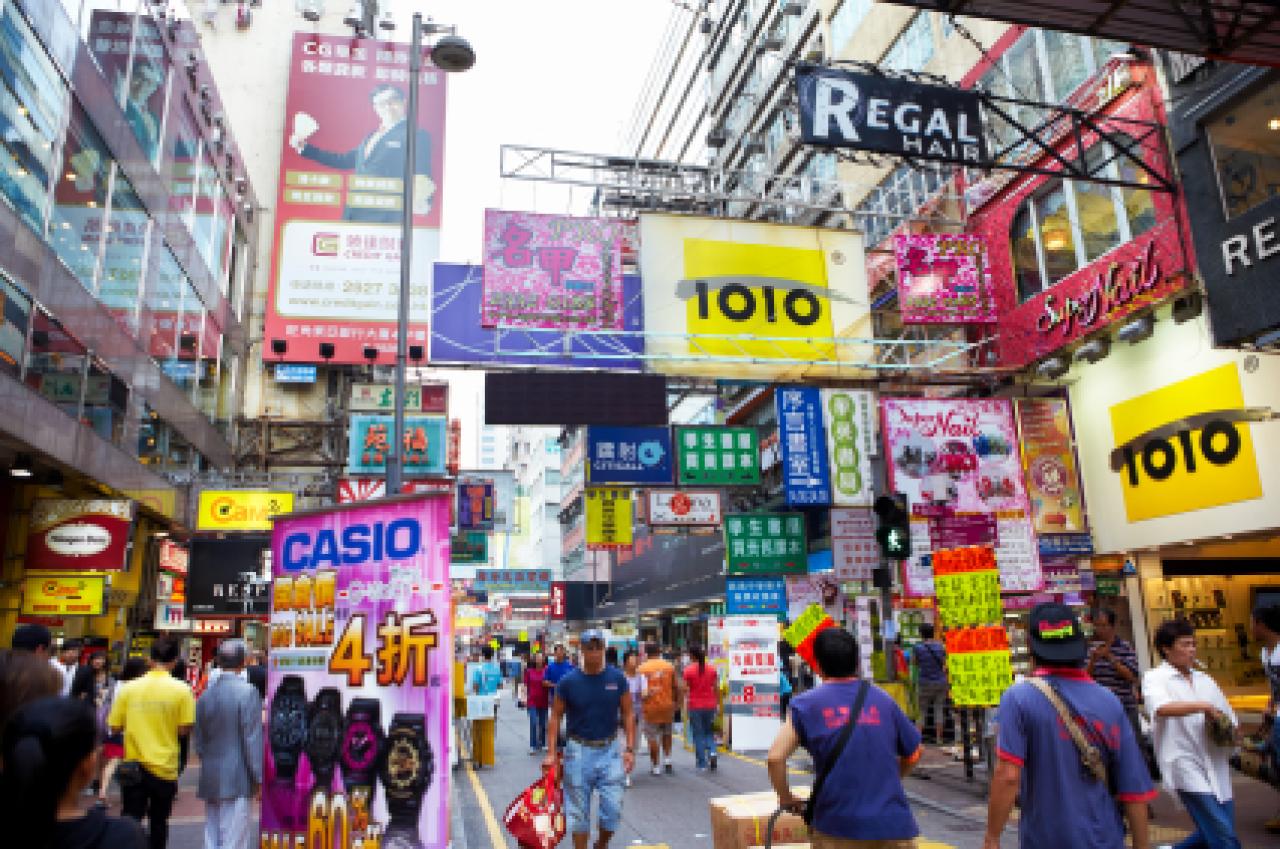
Retailers have looked at the Chinese consumer as the saviour of economic growth. But as recession hovers on the horizon, will these consumers be putting away their pocketbooks?
The thrill of that first-time purchase of a Louis Vuitton bag is long gone. Chinese consumers are no longer innocent, experiencing new products and services for the first time. Rising incomes have allowed the Chinese to become increasingly familiar with brands, savvier shoppers – and the second largest consumers of luxury goods, not far behind the United States.
By 2020, the mainstream Chinese consumer – some 400 million people or 51 percent of the urban population – will have annual disposable incomes between US$16,000 and US$34,000, according to a McKinsey study. [In 2010, this bracket accounted for just 6 percent.] Normally, this should spur spending. But China’s hot growth streak of the past decade has slackened due to falling demand and unsteady global markets. As the country continues to modernise, will uncertainty in the global and domestic economy change the habits of Chinese consumers? Could their love for luxury eventually wane?
“It is likely to continue,” says Michael Witt, INSEAD Professor of Asian Business and Comparative Management, “even though headline growth numbers for GDP are expected to slowly decline.” General consumption levels are projected to rise 11 percent each year. For luxury, growth projections are more than twice as high at 25 percent. “So if anything, growth will not just continue, it will actually be disproportional in the luxury bracket.”
Luxury is king
China’s newfound love for luxury has already seen several of the world’s most prestigious brands firmly established in the booming market. Luxury giant Louis Vuitton has grown to 36 stores in 29 cities across mainland China, compared to stores in just 10 cities in 2005. Hermes quadrupled its number of stores, from five in 2005 to 20 today. Even in the teeth of the global recession in 2009, luxury goods saw a 16 percent sales growth. By 2015, China is expected to account for more than 20 percent of the global luxury market or RMB 180 billion (US$27 billion) of global luxury sales. It’s a phenomenon that’s typified the Chinese consumer – luxury items as signals of socio-economic success – and one that’s unlikely to abate anytime soon for the growing middle class. “Given this signalling function, what we are also seeing is that there tends to be an enormous concentration on individual brands and well-known brands, in particular,” explains Witt. For instance, with handbags, this could be Louis Vuitton and consequently “the” bag to own is Louis Vuitton. The implication is that it’s not going to be easy for new brands, and even Chinese luxury brands, to break into this market, says Witt, because that niche of what is really prestigious is already occupied by very powerful, creative and high quality Western producers.Trading-up and trading-off
The increasing exposure and sophistication among consumers is also seeing consumers trade up and purchase more expensive or better quality versions of existing products. Sales of premium skin care products, for instance, grew at a rate of more than 20 percent a year in the past decade against an industry average of 10 percent. Annual sales growth rates of more than 20 percent are expected for luxury SUV cars, compared with around 10 percent for basic family cars. These developments are not surprising, says Witt, where you begin to see experienced consumers become more demanding and discerning. Today, even for a commodity item such as laundry detergent, things like packaging and scents matter, Witt explains. However, despite growing wealth Chinese consumers are traditionally pragmatic and conservative spenders. “Price still matters and the value for money is still more important than brand and actually more important than quality at this point,” says Witt. Consequently, there will be more of a trade-off between consumption in one area and a lack of it in others, says Witt. That’s a bit unusual because in other countries, usually, part of trading up is driven by a rise in personal credit. “It’s not that easy to get personal credit in China and Chinese consumers prefer to not be in debt.” That dynamic of credit-driven consumption is weak.Chinese and/or foreign brands?
Consumer surveys show that Chinese consumers have been far less loyal to brands than their Western counterparts. With millions in line to join the ranks of the middle class, do domestic or foreign brands carry an advantage when it comes to wooing new consumers? “In terms of market understanding and arguably speed, it’s the local players that have an advantage.” But it does eventually depend on the segment. Luxury, for one, has been difficult for Chinese and Asian companies. Additionally, a string of food contamination scandals in China have helped foreign companies dominate in food, health and infant-related products. Could quality concerns be holding Chinese manufacturers back? Witt believes the negative perception of quality is misplaced. “Of course you get shoddy products from China…but you can also get extremely good quality manufacturing.” Consider electronics for instance. The tricky part for the Chinese has been in capturing the entire value chain – R&D, design, manufacturing, branding, marketing, logistics and distribution. This is true not just for creating luxury brands but pretty much all products, he notes, where it’s really a management challenge rather than a manufacturing challenge. Still, the allure of the Chinese consumer could see new approaches to the value chain, Witt concludes. The rules in China are still being written – understanding how consumers will continue to evolve will be imperative for businesses to succeed. Michael A. Witt is Professor of Asian Business & Management at INSEAD.-
View Comments
-
Leave a Comment




No comments yet.